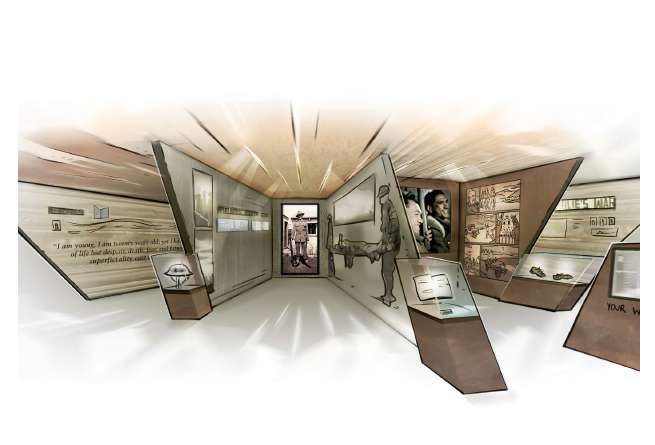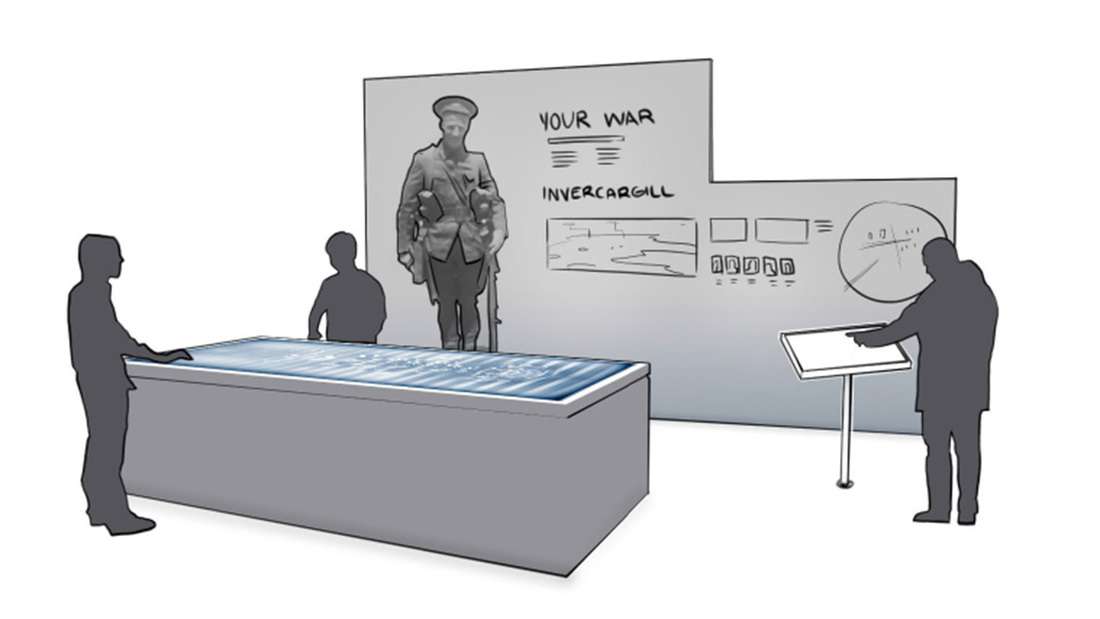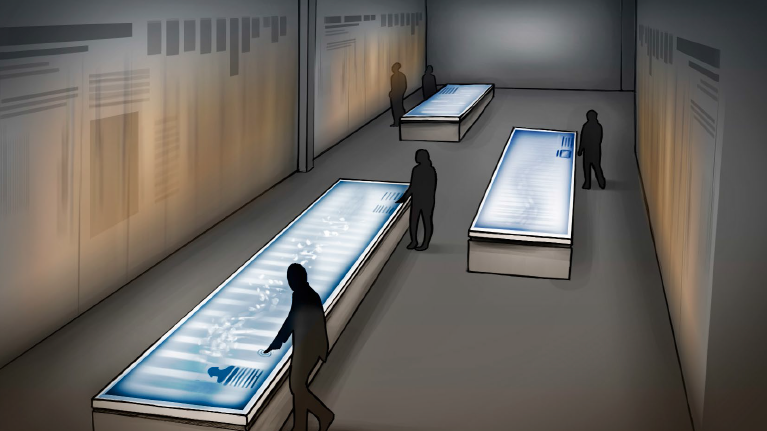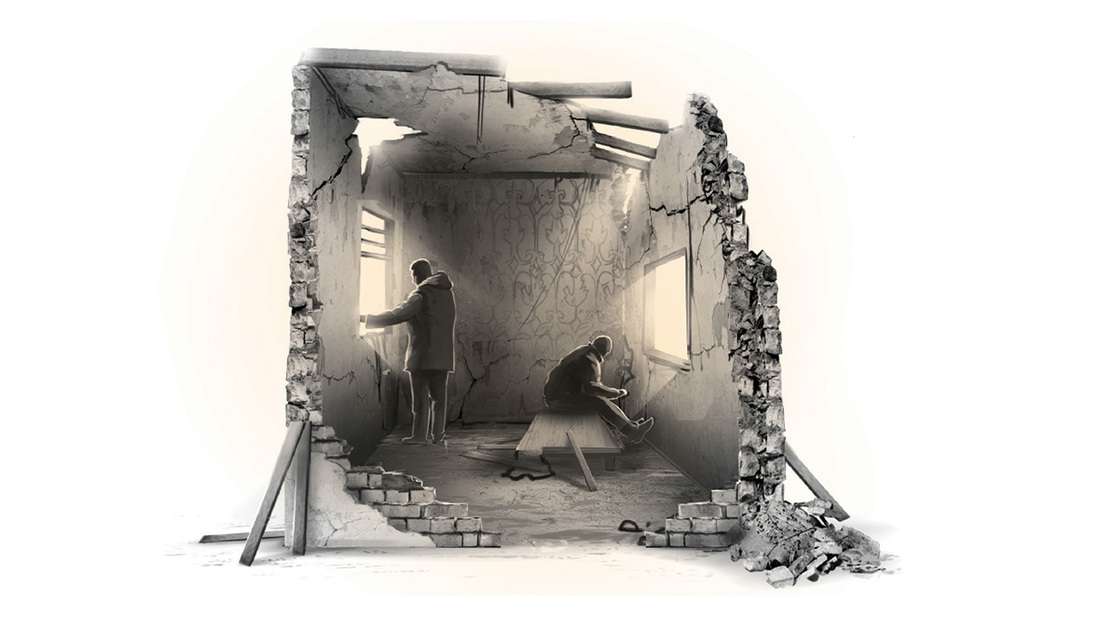This concept involved extremely wide stakeholder consultation, iterative concept testing and business case development to create a comprehensive masterplan for a nationally significant project.

In conjunction with Ken Gorbey and Visitor Solutions we developed a Concept Masterplan for a new Interpretation and Education Centre for the New Zealand National War Memorial.
We conducted an extensive stakeholder interview process given that war, and memory of war is such a sensitive and subjective topic. We talked to a wide group of historians, Returned Service Associations, schools, museums and local interest groups to ensure we captured their insights, ambitions and requirements for the project. The space was to work as a public visitor centre and also as a destination for a wide variety of school groups.
In addition to the visitor experience aspect of the project, we assessed the ideal location for the centre, and established the key visitor flows and relationships with other Wellington cultural destinations that would support the centre. Visitor Solutions also modeled a series of financial models to ensure the centre was viable.
The concept itself was based around the shards – a series of large steel walls that project out from the centre of the main hall – inside each of the shards are the stories and memories of the key campaigns New Zealanders have fought in since the New Zealand Wars. The shards are designed based on the scale of impact each conflict had on New Zealand society, and also become more subjective and personal the deeper into the shard you go, questioning the role of social memory of war.
The design works as a storytelling and engagement platform for teachers and students so they can co-present their projects. The digital strategy involved categorizing all digital assets by geo-code so that students can have a personal journey through the experience, seeing how the wars impacted their home-towns.
The digital memory table is a concept to include the entire roll of honour from each conflict as a database on a long multi-touch table. Visitors can query the names, and also leave digital poppies. The digital strategy for the experience is integrated so that it is both online and within the spatial experience.
This is also where the flow of the spaces becomes more memorial centric, and it flows out into a tunnel of sculptures that represent all our ancestors that have gone before, service-people and those at home, and visitors walk through and alongside these figures, shoulder to shoulder, out onto the Memorial Park.



